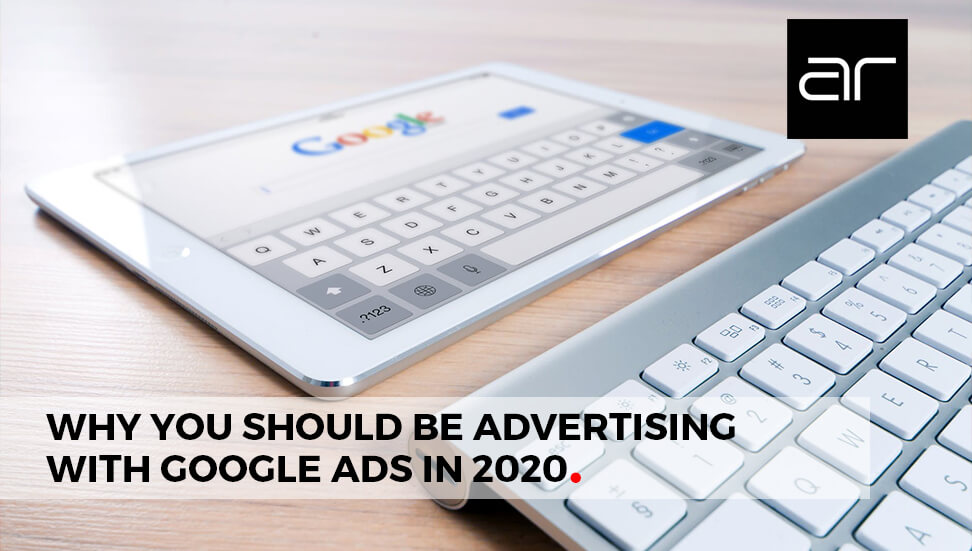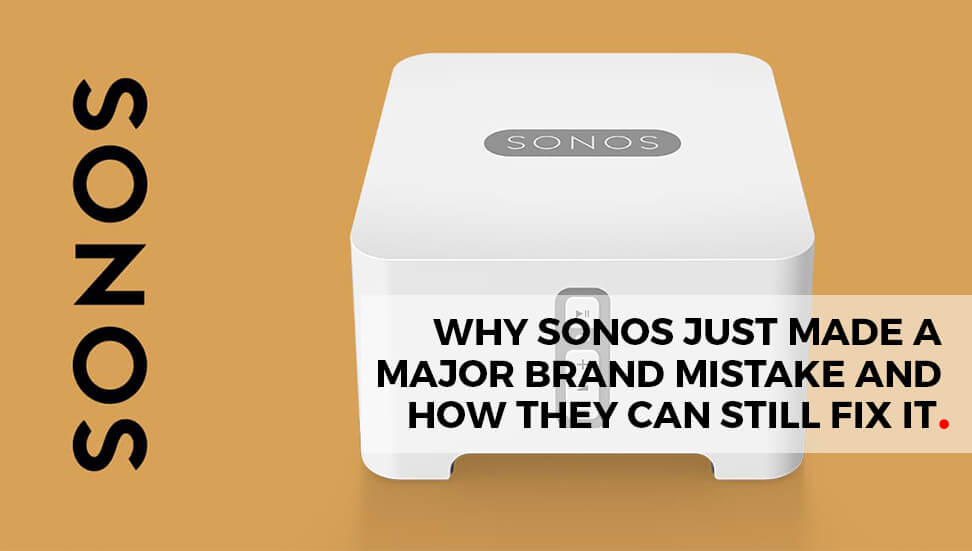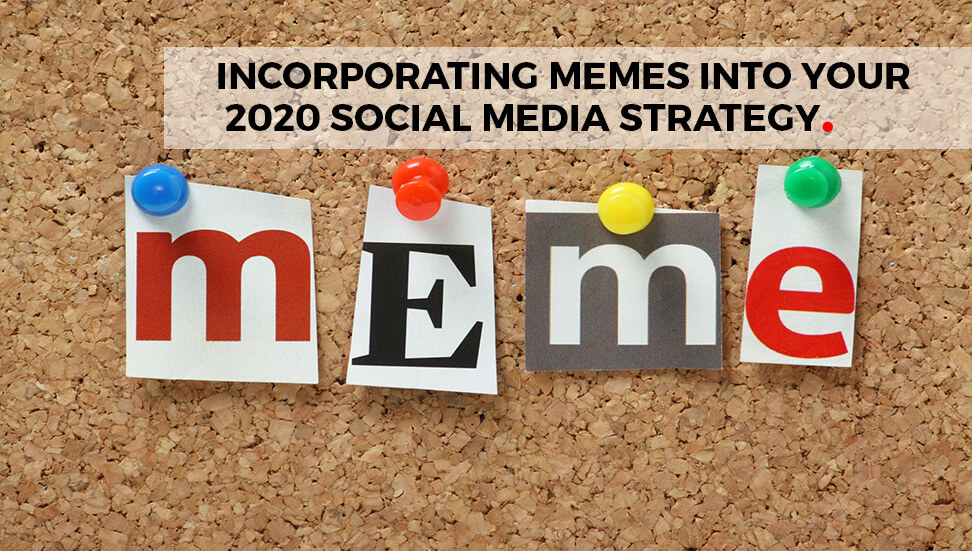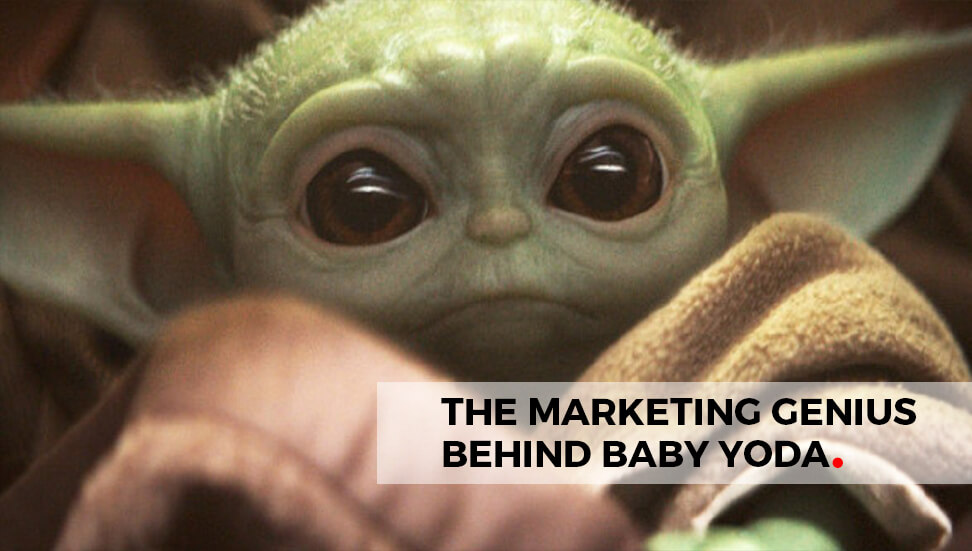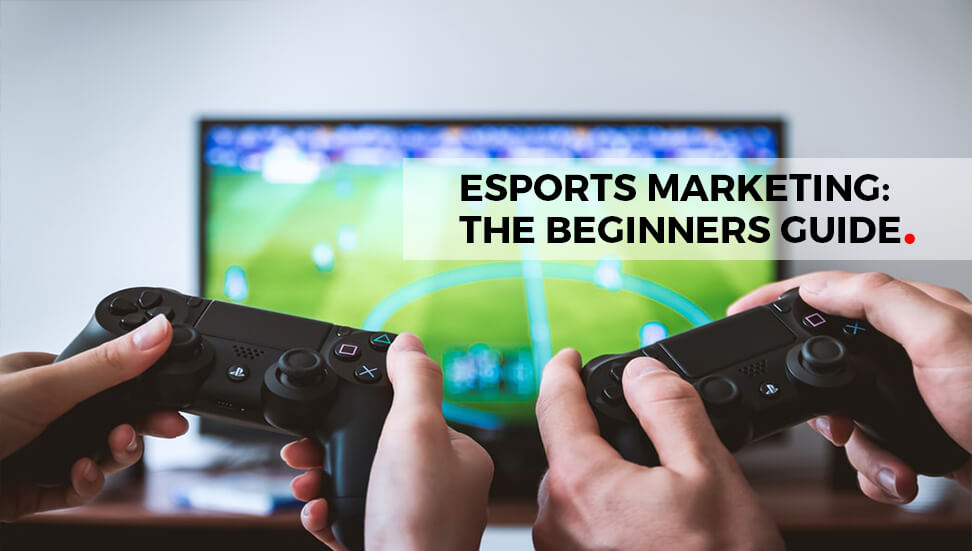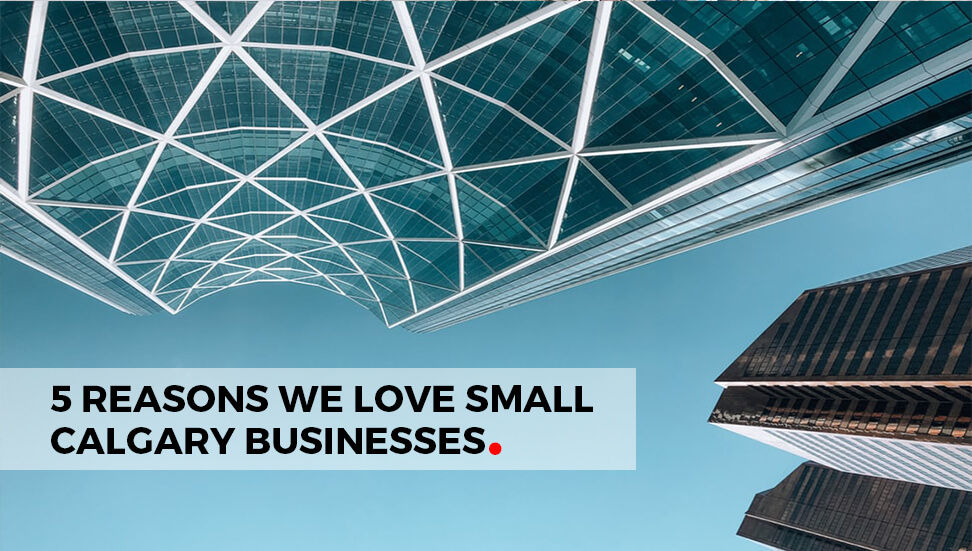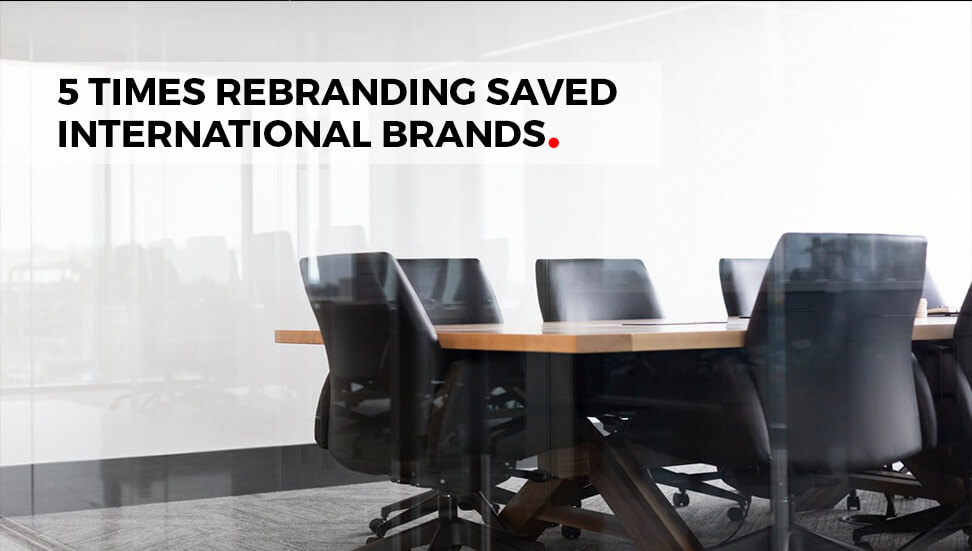Rebranding can be an essential tool to reignite a brand. Usually, it’s a response to a decline in sales, bad PR, stagnation in sales or a new company direction. When done right, rebranding campaigns can transform companies for the better. Here’s an example of 5 times that rebranding saved international brands.
Rebranding is a marketing strategy designed to reposition a brand in the marketplace. It’s more than just a logo change. Its changes in the messaging, colours, visuals and tone used by the brand. Rebranding is a crucial marketing strategy all brands will eventually need to employ if they want to continue their success in an evolving marketplace.
5 Times Rebranding Saved International Brands:
Old Spice
Old Spice has become one of the most recognizable men’s hygiene brands of all time. Established in 1938, the Old Spice brand grew stale and old-fashioned. Consumers began to view it as a hygiene brand for an older crowd-something your grandfather would use. This association with a older demographic made it hard for them to reach to expand their demographic to younger generations.
Then in 2010, Old Spice unveiled one of the most viral campaigns in the 21st century. The “Smell like a man, man” campaign with a herculean man as the face of the campaign. Isaiah Mustafah was dubbed the Old Spice Man. This campaign shifted their demographic not only to a brand for young men but for confident young men striving to be better than the rest. Young men working towards building a legacy. They launched their campaign during Super Bowl weekend in tangent with a social media campaign. It received millions of views, 10x more than their competition, and their sales skyrocketed. And to this day, Old Spice remains one of the most relevant men’s hygiene brands.
McDonald’s
If you look at newly built McDonald’s restaurants in your area, you will notice a stark difference between these modern establishments in comparison to the McDonalds of your childhood. When you look at the older restaurants, it supports an environment that is a friendly place to get cheap food quickly. The stores were approachable and vibrant. However, McDonald’s was seeing a huge decline due to a variety of poor PR related to its menu items, employee relations and health effects on people and the community.
Now the new restaurants look more like modern sophisticated cafés. McDonald’s has more similarities to Starbucks than its competitors like Burger King. They took their cafe vibe to the next level by offering specialty items like cappuccinos and lattes, with complimenting pastries.
Their hardwood furnishing against a clean, neutral palette is a complete departure from how McDonald’s was seen in the first half of the 21st Century. The wood emphasizing the new McDonald’s experience that serves a more natural fresh (non-frozen) beef. All this is seamlessly integrated with a digitized service experience. Customers can order on their phones, or self-serve kiosks, or have it delivered through Uber Eats. The new McDonald’s experience has led to a resurgence in the fast-food world, and so far, McDonald’s is recovering extremely well.
Burberry
Burberry is known as a luxury brand, worn by the classiest celebrities and fashion icons. But it hasn’t always been that way. For those in the UK old enough to remember, Burberry had a bad reputation among the UK nightlife and street culture because of their association with gang wear.
In the early 2000s, the company’s logo and trademark pattern were being used on clothing and accessories that weren’t under the brand’s control. The pattern quickly fell into the hands of English gang members as a way to differentiate themselves from non-gang members. The brand seemed cheap and unappealing at best and borderline dangerous at worst.
Under new management, Christopher Bailey and Angela Ahrendts transformed the cheap brand to one of the top luxury brands we know today. They bought back all the trademarks and centralized the design within the company. They rebranded Burberry to represent class, wealth and innovation.
Apple
In the mid-90s Apple was seeing low sales, low public interest and tons of competition, especially from Microsoft. Apple was seeing a 12-year low. Then came Steve Jobs. Steve Jobs knew that creating an emotional connection with the consumers was more important than just selling them a complex computer. He knew Apple had to simplify its brand, so everyone could see Apple’s value. When Apple markets their products they rarely promote the features or latest technologies incorporated in the product. Instead, they use everyday words like “thinnest”, “different” and “simple”. They didn’t have a wide array of products, they focus on a few key items. By simplifying the decision-making process, consumers understood that the product best suited and designed for them were the Apple products. Apple is more than a technology brand, they are a lifestyle brand.
Domino’s
Before their massive rebrand starting in 2009, Domino’s was known as Domino’s Pizza. And their pizza was not held in high regard. Seeing stagnation in their sales, Domino’s saw a need for a huge rebrand to shake their bad image and, hopefully, reignite their brand. With new CEO Patrick Doyle, they were able to successfully rebrand themselves from the cardboard pizza company to an innovative, user-centric delivery company.
They realized that customers don’t order Domino’s pizza because they expect the best pizza, but because it’s convenient. Domino’s realized that they aren’t a pizza company, they are a pizza delivery company. This began a revamp in their delivery process. Everything from their website, app, employees and restaurants were centred around the delivery of their pizza. Innovations such as their pizza process tracker, from order to delivery, every step is tracked and made easier for users to do.
They also diversified their menu, hence dropping the “Pizza” from Domino’s Pizza. Since then, they have more than doubled their revenue and continue to be one of the largest food delivery companies in North America. Now that’s what we’d call that a successful rebrand!
Strategic Rebranding
As you can see, rebranding is a powerful marketing strategy and has the power to save international brands. Rebranding is more than just a cosmetic change, it’s about reimagining your entire business. It can be risky but as these brands have shown, it can be exactly what you need to restart your business.



